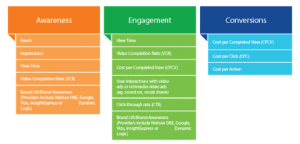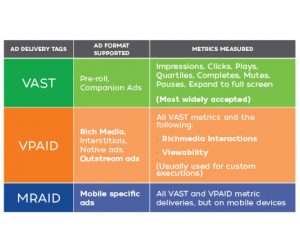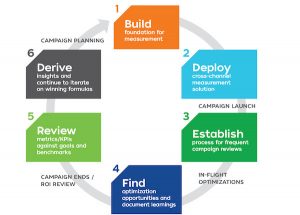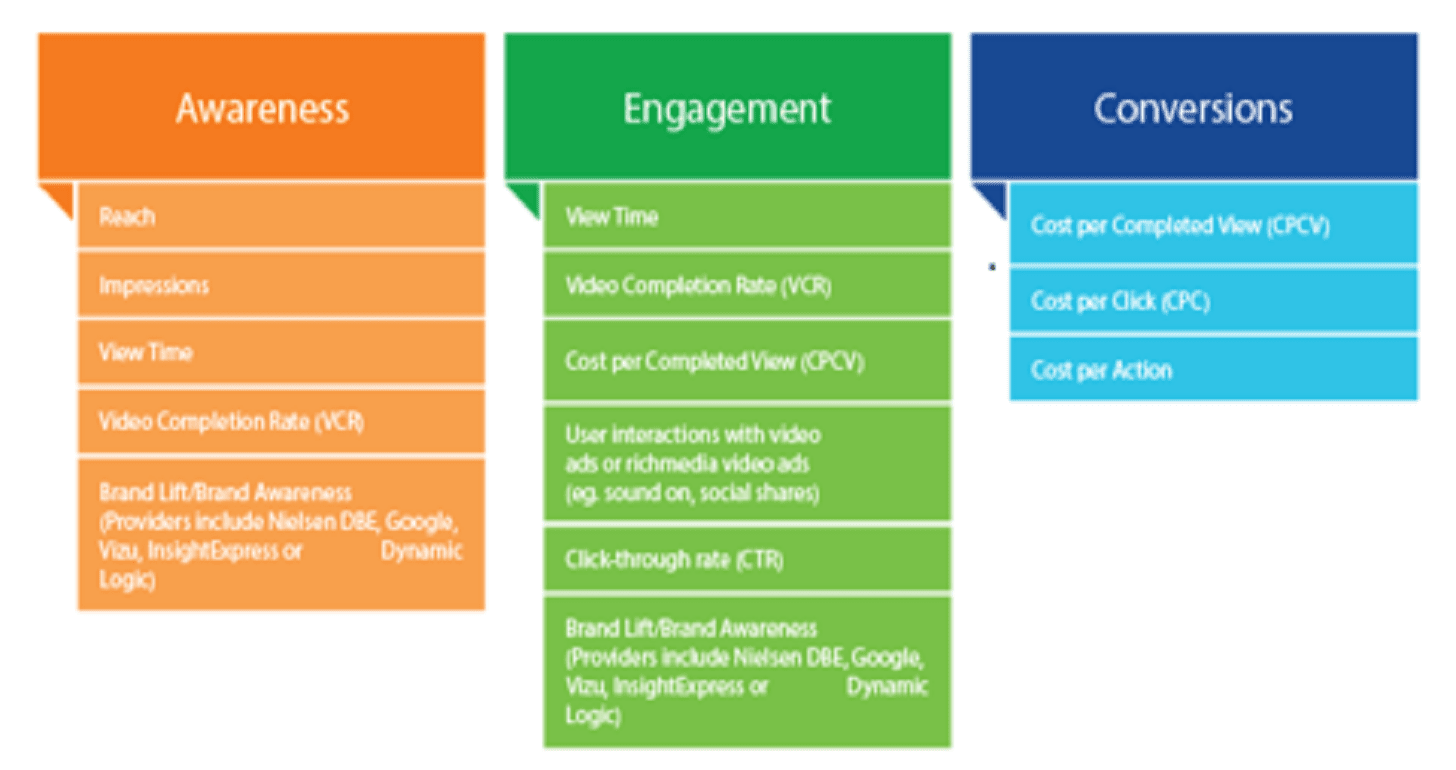Here's a post by Steven Wastie, CMO of Origami Logic.
Video is one of the most effective ways to communicate a brand message and engage with consumers. In a recent analysis we conducted of Rio Olympic campaigns, brands with popular videos/ads drove the most traffic to their social media platforms. However, according to a 2016 IAB Video Upfronts study of advertisers and agencies, 42% Digital Marketers struggle to measure and calculate the ROI of their video campaigns.
Why is this? There are many reasons why measuring the performance of video campaigns is not easy. Some of the main reasons are:
- There are so many different platforms that are being used to post videos these days. Brands are not only posting videos on traditional platforms like YouTube, but they are now posting videos on Facebook, Instagram, Snapchat, Twitter, and more. Measuring the effectiveness of a video campaign across multiple platforms, channels, and devices is not easy.
- Digital video measurement and execution are closely related. The goals of your video campaigns and the metrics you want to measure have a significant impact on determining what type of video to use.
So what can marketers do to run an effective video campaign? Here are some tips:
- It is important to establish goals, metrics, and milestones for each campaign early on. A large-scale multi-channel video campaign is the most effective approach for DV campaigns. Regardless of the campaign goal, it is important to measure the right metrics. Here are some key metrics for different goals:

- Take a close look at how platforms define metrics, especially on new social media sites. One of the downsides of having so many video platforms is that platforms are inconsistent in how they define their metrics. In fact, many definitions, as defined by platform providers, are not even consistent with the definitions defined by organizations like the Interactive Advertising Bureau (Interactive Advertising Bureau) or the Vehicle Assessment Council (Media Rating Council).
An example of this is how an impression is defined:
- Interactive Advertising Bureau (Interactive Advertising Bureau) – “A measure of a server response to a user's browser page, filtered for robot activity and error codes, and recorded at the closest point to which the user had a chance to view the page” – this definition is more in line with traditional rendering.
- Facebook – “each time an ad is viewed when it appears on a person's screen on the Facebook Social Network.”
- DoubleClick Campaign Manager – “do not record an impression until the video starts playing.”
- Twitter – video total views, is “at least 50% views in 2 seconds. This is the standard that best matches the MRC (Media Rating Council) standard.
Therefore, it is important to understand how each platform defines certain terms. This is important because it is the basis for how we pay for media reach and measure reach.
3. Choose a video format and track the metrics you care about. Once you know your goals and the metrics you want to track for a campaign, you need an ad format. Different ad delivery tags are used to deliver different ad formats.
Here are the details about ad serving tags and what each tag supports:

4. Pay special attention to “impressions” and “fraud”. It is important to make sure your promotional videos are viewed by human traffic and not a fraudulent bot.
Here are some steps that need to be taken:
- Deploy third-party tracking tags and measure viewability using MRC (Media Rating Council) accredited metrics.
- Work with advertising partners to understand what solutions they will provide.
- If you're buying from a vendor or an ad network, ask them how they prevent fraudulent traffic on their platform.
5. Establish an internal process to activate your video metrics and campaign insights. Providing broad visibility to your team on key metrics like video completion rate (VCR) will help your team plan and ensure that your ads resonate with your target audience.
Here is a recommended internal process for planning and optimizing video advertising campaigns:

Measuring the performance of video marketing campaigns is not easy, but it is worth the effort. The main benefit of digital video is that there are more easily trackable user engagement metrics, such as video completion rate (VCR), than other types of digital advertising. This gives marketers a better understanding of how individual consumers are responding to the brand’s message.
Ultimately, by measuring the right metrics and having performance milestones based on campaign goals, marketers can make adjustments within the campaign by updating creatives or reallocating budgets across video ad providers. In doing so, budgets and ROI can be maximized.
Article link: https://chiefmartec.com/2016/11/quick-tour-measurement-video-campaigns/





